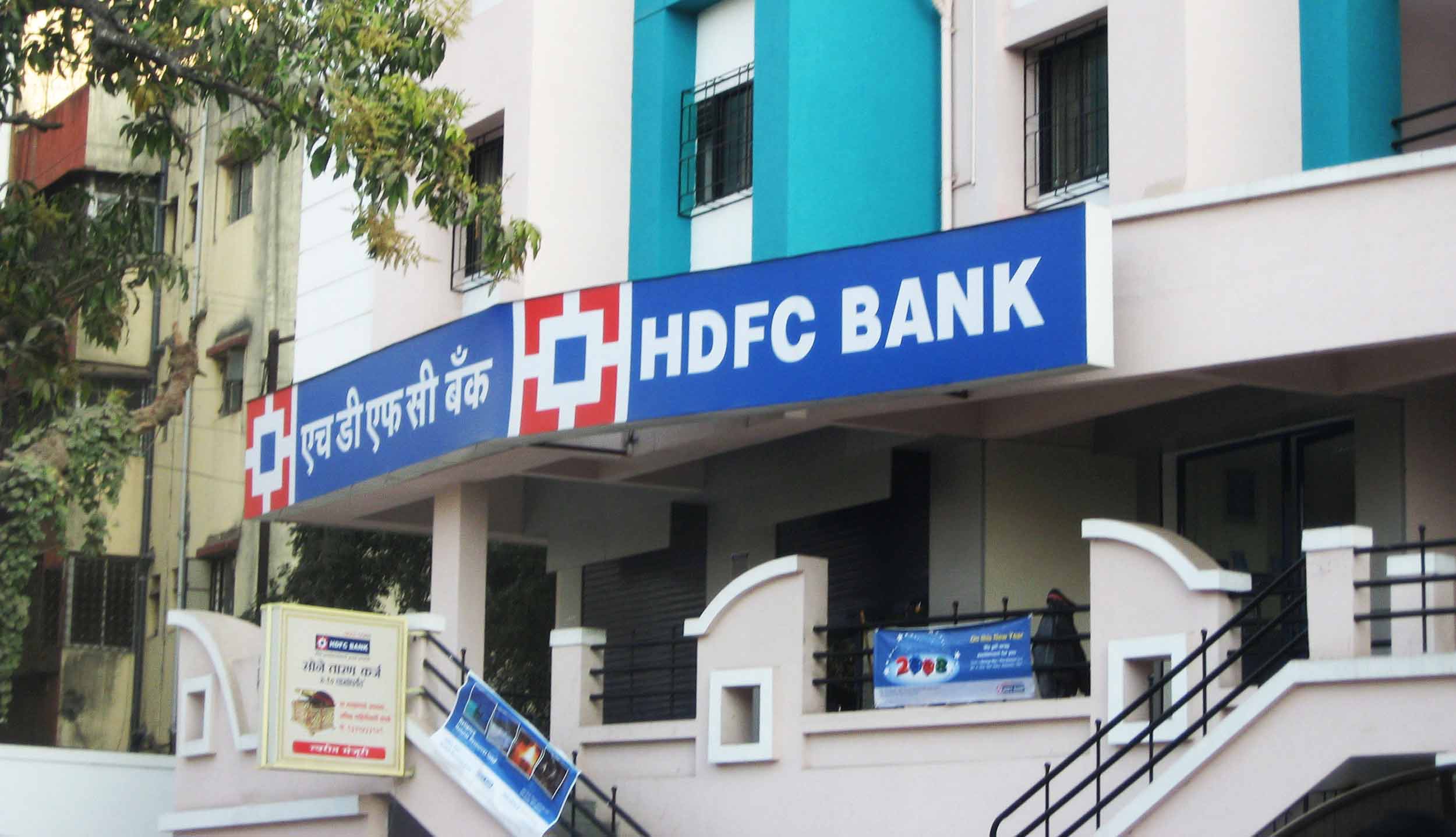The backbone of Global Energy: Exploring the Top 10 Crude Oil Exporters
In the complex world of global economics and geopolitics, few commodities hold as much significance as crude oil. It’s the driving force behind modern industrial societies, powering everything from transportation to manufacturing. Understanding the top players in the crude oil export game provides insights into the intricate web of international relations and economic dynamics. So, let’s embark on a journey to explore the top 10 crude oil exporters worldwide.
Saudi Arabia:
Picture vast deserts punctuated with towering oil rigs—that’s Saudi Arabia. As the largest exporter of crude oil globally, Saudi Arabia reigns supreme in the oil industry. With its massive reserves and well-established infrastructure, the kingdom holds significant sway over global energy markets. Its strategic alliances and immense production capacity make it an indispensable player on the world stage.
- Last Year Export Value: Approximately $133 billion (2023)
- Main Country Exports: China, Japan, South Korea, and the United States
Russia:
From the Siberian plains to the Arctic tundra, Russia’s vast landscape conceals immense oil wealth. Russia’s dominance in the crude oil export arena stems from its extensive reserves and strategic positioning. Leveraging its geopolitical influence, Russia supplies oil to various corners of the globe, cementing its status as a key player in global energy trade.
- Last Year Export Value: Approximately $98 billion (2023)
- Main Country Exports: China, Germany, Netherlands, and Belarus
Iraq:
Despite facing internal strife and security challenges, Iraq stands tall as a major crude oil exporter. Its rich oil reserves and ongoing efforts to ramp up production contribute to its significance in the global market. Despite hurdles, Iraq continues to supply oil to regions across the Middle East and Asia.
- Last Year Export Value: Approximately $68 billion (2023)
- Main Country Exports: China, India, South Korea, and the United States
Canada:
Canada’s oil sands are a sight to behold—a vast expanse of natural resources waiting to be tapped. With advancements in extraction technologies and its proximity to the United States, Canada has emerged as a significant player in North American energy markets. Its exports play a crucial role in meeting the energy demands of its southern neighbor.
- Last Year Export Value: Approximately $85 billion (2023)
- Main Country Exports: United States, China, Japan, and South Korea
United Arab Emirates (UAE):
A federation of seven emirates, the UAE is a powerhouse in the world of oil exports. Its sophisticated infrastructure and strategic investments have propelled it to the forefront of global energy trade. With a keen eye on market dynamics, the UAE continues to solidify its position as a leading supplier of crude oil.
- Last Year Export Value: Approximately $75 billion (2023)
- Main Country Exports: Japan, India, South Korea, and China
United States:
The shale revolution has transformed the energy landscape in the United States. With advancements in drilling techniques, the U.S. has witnessed a surge in crude oil production, leading to a newfound status as a major exporter. Its growing energy independence and export capacity have reshaped global energy dynamics, marking a significant shift in the traditional oil market.
- Last Year Export Value: Approximately $76 billion (2023)
- Main Country Exports: Canada, China, South Korea, and Japan
Kuwait:
Nestled in the heart of the Middle East, Kuwait boasts substantial reserves of high-quality crude oil. Its well-established oil industry and strategic partnerships contribute to its role as a key exporter in the region. Despite challenges, Kuwait remains a vital player in global energy markets.
- Last Year Export Value: Approximately $60 billion (2023)
- Main Country Exports: China, India, Japan, and South Korea
Iran:
Despite facing sanctions and geopolitical tensions, Iran continues to be a notable exporter of crude oil. With vast reserves and a resilient energy sector, Iran navigates through challenges to find markets for its exports. Its contributions to global energy supply underscore its significance in the crude oil export landscape.
- Last Year Export Value: Approximately $47 billion (2023)
- Main Country Exports: China, India, South Korea, and Japan
Nigeria:
Blessed with abundant oil reserves, Nigeria plays a crucial role in supplying crude oil to global markets. Despite facing issues such as security concerns and infrastructure limitations, Nigeria remains a significant exporter, particularly to markets in Asia and Europe. Its exports are vital for meeting the energy needs of various regions around the world.
- Last Year Export Value: Approximately $55 billion (2023)
- Main Country Exports: India, United States, Spain, and Netherlands
Angola:
Positioned as one of Africa’s leading oil producers, Angola boasts sizable reserves and a growing export capacity. Its efforts to attract investment and enhance production have bolstered its position in the global oil trade. Angola’s contributions to the global energy supply chain highlight the continent’s emerging role in the international oil market.
- Last Year Export Value: Approximately $42 billion (2023)
- Main Country Exports: China, India, United States, and Spain
conclusion,
the world’s top 10 crude oil exporters play a crucial role in shaping global energy dynamics. From the vast reserves of Saudi Arabia to the emerging shale industry in the United States, each exporter brings its unique strengths and challenges to the table. Understanding these key players provides valuable insights into the interconnected nature of the global economy and the intricate dance of supply and demand in the world of crude oil.
Disclaimer:
The information provided in this blog is for informational purposes only. While every effort has been made to ensure the accuracy of the data presented, it is subject to change and should not be considered as financial or investment advice. Readers are encouraged to conduct their own research and consult with relevant experts before making any decisions based on the content of this blog.









